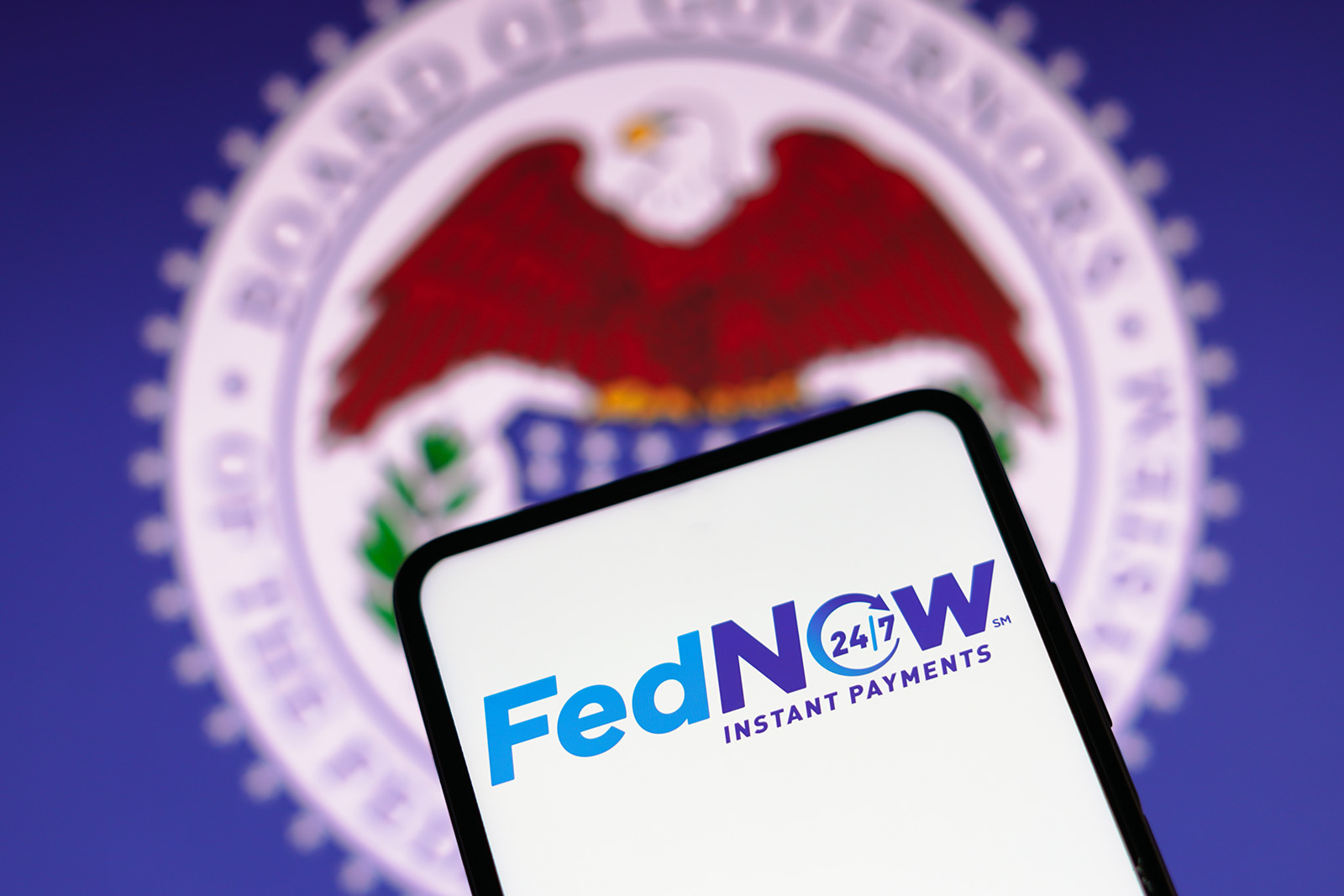
By Kevin Jacques and Ben Malka, Partners, Cota Capital
Published on Apr 24, 2023 in Payments Dive
“Payments solutions reach scale when they provide better usability, affordability, and security,” write partners at a San Francisco venture capital firm.
Even though the Fed is launching its real-time payments system, FedNow, in July, don’t expect a tidal wave of instant payments across industries.
Unlike Brazil or India that largely rely on a single system, there won’t be a unified instant payments infrastructure in the U.S. Instead, we can expect a patchwork of simultaneous cooperation and competition between public entities, private players, entrenched institutions, and up-and-comers, all working to provide payments solutions superior to the competition.
For real-time payments to become mainstream, financial institutions and entrepreneurs must identify areas where they offer clear advantages over existing payment methods and build products and offerings accordingly. Fortunately, we aren’t starting from scratch and can develop strategies by examining previous implementations of other payment systems as well other countries’ real-time payments evolution.
Payments solutions reach scale when they provide better usability, affordability, and security.
For example, consumers and many small merchants are largely indifferent to or unaware of how their payments settle. They seek convenience and security. The takeover of tap-to-pay for card transactions and “rewiring” of London and New York City transit networks drove significantly higher use of tap-to-pay debit. It’s just an easier way to pay. The rise of Venmo, Zelle, and Cash App payments proves this same point.
The future of real-time payments should be similar. A critical mass of customers will only be incented to move to instant payments if they are more affordable, secure, and usable than other options, i.e. ACH, cards, or wires.
The Pix payment network in Brazil and India’s Unified Payments Interface network have both seen explosive growth, likely because they operate in markets where fewer people have credit cards and interchange rates and fraud costs have historically been higher. Instant payments are superior to their other available systems.
However, adopting new payment rails at scale can take time, particularly in markets where existing options are sufficient. Simply put, the better existing systems work for a given use case, the slower real-time payments will be adopted. The E.U.’s Payment Service Directive 2 legislation, which provides for real-time A2A payments, was originally passed into law in 2016. Only now, however, are A2A volumes growing to commercially viable levels for providers as debit interchange fees in Europe are already capped at relatively low rates.
Real-time payment usage in the U.S. will likely increase significantly in the coming years. However, its success will depend on several factors as America’s existing payment rails are already relatively convenient, secure, and, for most merchants, cost-effective.
Real-time payments will scale in the B2B segment as instant payments become more efficient and cost-effective than checks or wires. The biller direct segment of bill pay is also ripe for disruption as billers will value the faster collection of funds, and “paycheck to paycheck” consumers can reduce late fees and overdrafts by using instant bill pay.
There won’t be one all-encompassing, real-time payment infrastructure in America. Instead, we can expect adoption in market segments where instant payments can outdo the alternatives.





